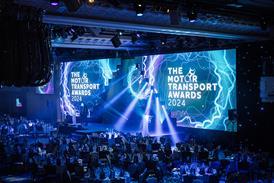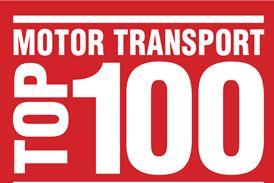News Focus: Scania helps operators down the green road

Late last year, Scania held a high level conference in Brussels to discuss how European road freight transport can cut CO2 emissions while remaining competitive. At the event MT caught up with Jonas Hofstedt, Scania’s senior vice president, powertrain development (pictured), to discuss the manufacturer’s approach to maximising the fuel ...
This article is for registered users only
Please login or create a FREE account to read the full article
Want to read more?
Register now for free to access the full article.
To access our great content on the Motor Transport website and to get a free copy of our weekly Executive Brief newsletter.
Once registered, you’ll get access to:
- In-depth breaking news every working day of the year
- All the best careers advice for you and your business
- Profiles of every winner at the Motor Transport Awards
- The richest set of road transport industry data in the UK
- You may also be eligible for a free print or digital copy of Motor Transport











